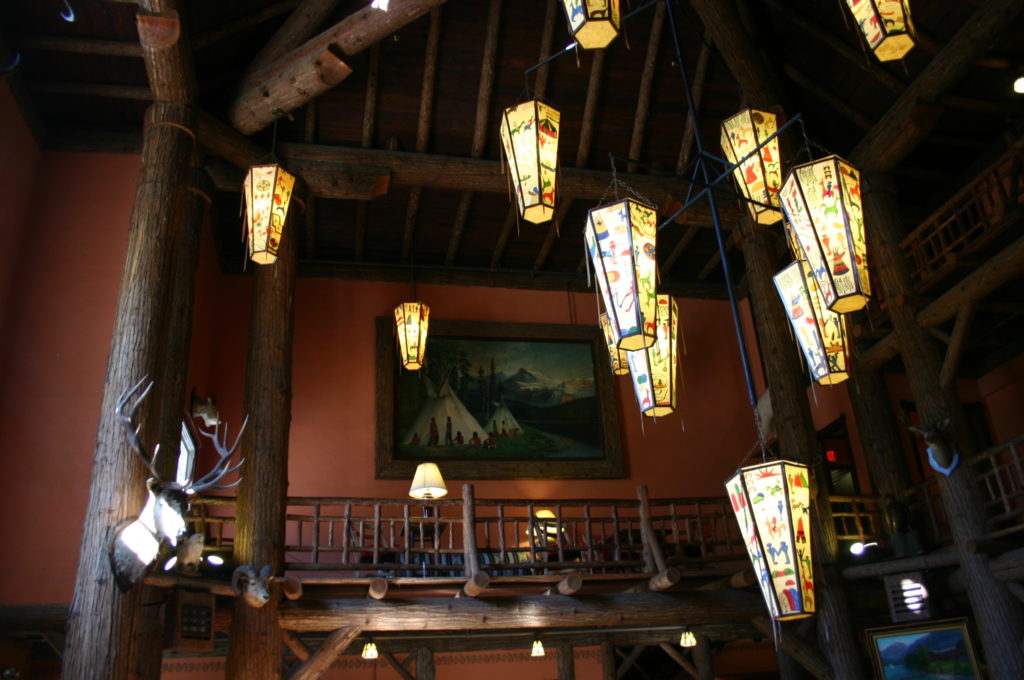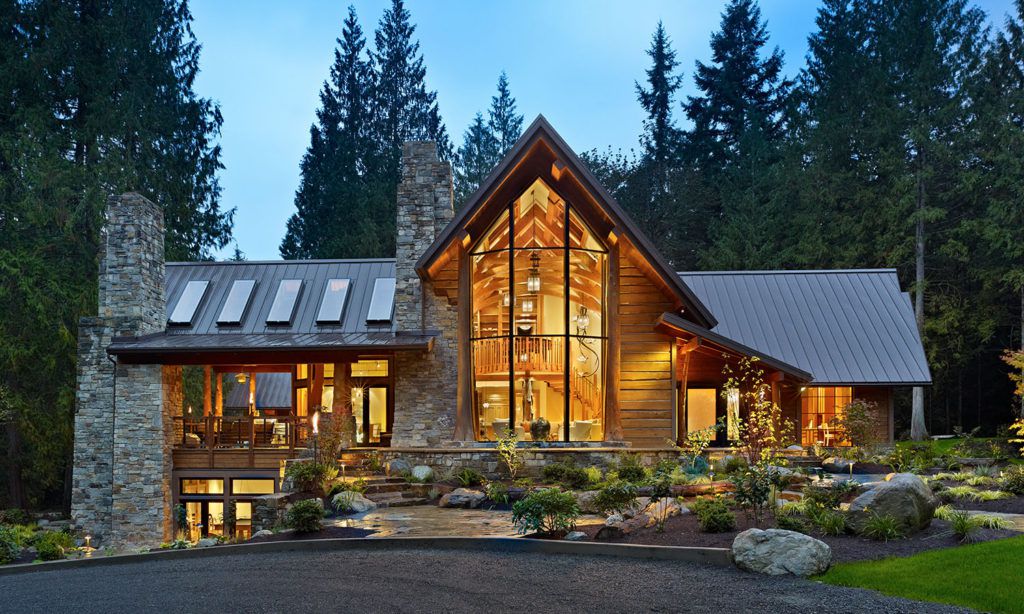“I don’t divide architecture, landscape, and gardening. To me, they are one.” Luis Barragan
Nature and travel inspire us. They remind us anew of our passion for the art of architecture…and fill us with fresh ideas for our own residential architecture designs. With summer before us and all-things Fourth of July piquing our excitement, we wanted to share one of our favorite inspirations: national park architecture.
Bothell architect Scott Hommas credits national park architecture with sparking his love of design. He recalls visiting Lake McDonald Lodge in Glacier National Park as a child. “I was fascinated, blown away that a structure could so perfectly echo its surroundings,” Scott remembers. “The way the lodge could make me feel at home in the environment stuck with me.”
So, what is it about this specific type of design that stirs our imaginations?
Parkitecture

National park architecture emerged after the founding of the National Park Service (NPS) in 1916. NPS sought to preserve the beauty of these natural or historic landscapes even as they made these stunning regions more accessible.
Borrowing on the Arts and Crafts movement, NPS selected architects and engineers to design to create visitor centers, inns, bridges, trail shelters, and more that complemented their surroundings. They used native woods to build lodges out of the forest and stone that carried the terrain into gateway structures.
Parkitecture in Residential Architecture Designs

In the same way, we seek to integrate homes and landscapes at every opportunity. We draw on a lot’s natural potential and let it inform the home’s design.
Cedar Haven captures this. Dwelling in a cedar forest, the home uses soaring windows, a massive stone fireplace, and tall tree trunk posts to mimic the surrounding woods. It’s an exercise in bringing the outside in.
Whether or not you’re inclined toward the traditional rustic style or toward a more contemporary approach, incorporating nature into design remains timeless. Our home design experts would be honored to hear how you wish to reflect your home’s surroundings into your home.